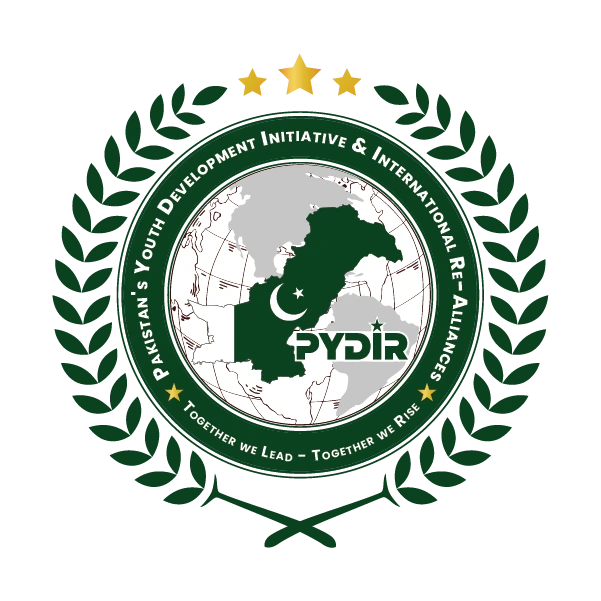Initially, the British entered the subcontinent for trade through the East India Company. Firstly, they were only focusing on trade, but later on, they started interfering with internal governance. Gradually, they started to create stable zones in the subcontinent, but later on, by 1858, they directly ruled the subcontinent, known as the British Raj. During this period, the British took administrative control of the East India Company.
The period from 1612 to 1836
The British first tried to enter India (the subcontinent) in 1608 in the Surat area. At that time, the Mughal Empire captured them and did not allow them to trade in India because of Portuguese interference, but in 1612, the British East India Company got permission to trade in the subcontinent and established the first factory. This initial period was an observational period for the British. After observing authorities and commercial control in 1690, they moved forward to establish the colony with the help of Admiral Nicholson.
After the battle of Plassey (1754) and the battle of Buxar (1764), the British took overall control of Bengal and established a colony. The victory of the Plassey War by the British provided the opportunity for the British to rule on the subcontinent for two centuries. After the defeat of Mughal Allam II in the Battle of Buxar, the British gained a strong grip in 1764. After the Plassey War, the British government colonized the subcontinent for two centuries.
After that, the British government took over full control of the East India Company in 1857, and after that, they started overall governance in India. That era was known as the British Raj, and the British directly ruled until 1947 (independence).
The Indian National Congress was created by the British in 1885. The main aim of the NIC was to raise a voice for Indian rights, but unfortunately, Muslims were ignored. That’s why Muslims decided to establish another platform, and the British also supported Muslims because it was the policy of the British to create clashes between Muslims and Hindus to counter each other.
Various reforms taken by the British in India:
Charter Act 1813: The British company spent one lakh on the education of India.
The Hindu widow’s remarriage act of 1856: remarriage of Hindus was allowed.
Minto Morley reforms: separate election of minorities and majorities, such as Muslims and Hindus.
Independence Act of 1947: India was divided into two parts: Muslims and Hindus. Where Muslims were in majorities, those places were given to Muslims, while where Hindus were in majorities, the same procedure applied there.
The British ruled over three hundred years that’s why their impacts can be felt and observed in the life on people in education, court of law, architecture, and almost British era cannot be denied. As we know, after Pakistan’s independence in 1947, it was run by the British for nine years, and after that, Pakistan created its own constitution. And also, the policies of less developed countries are weaker than those of developed countries; that’s why they follow them.
The writer is the member of PYDIR and student of ”BS International Relations” at ”International Islamic University Islamabad”.




